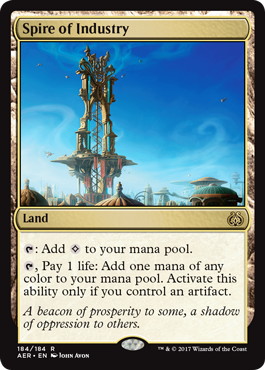Writing an article right before a Pro Tour is always tricky. First, you have no idea what the metagame will be, which makes it so hard to know whether your brews will perform or not. Second, let us face it, the fear of giving away information is always there: do you really want to share your best brew with the entire world when it could give you an overwhelming edge over the competition in a top-tier tournament?
Luckily, Aether Revolt is another kind of set: it features an astonishing number of build-around mechanics or cards, each of which could spawn so many decks that I could show you ten or so and still have a few tricks up my sleeve. But I think that most interesting thing to do is actually to take a few of those card, and try pushing them as far as possible to see how far they can go power-wise.
In other terms, my goal today is to show you how powerful you can get in a vacuum: the decks I am going to present might be great, or they might be horrible, depending on how the metagame will settle: but at least, they should give you a decent grasp on how good each mechanic is. Also, one of them kills with 《Cryptolith Fragment》, so there is that.
|
10 《Forest》 2 《Island》 4 《Botanical Sanctum》 4 《Aether Hub》 1 《Inventors' Fair》 -Lands (21)- 4 《Glint-Nest Crane》 4 《Aethertide Whale》 -Creatures (8)- |
4 《Attune with Aether》 4 《Woodweaver's Puzzleknot》 4 《Glassblower's Puzzleknot》 4 《Cultivator's Caravan》 3 《Cryptolith Fragment》 4 《Aetherworks Marvel》 4 《Hedron Archive》 4 《Paradox Engine》 -Spells (31)- |

As you might have guessed, this deck tries to push 《Paradox Engine》 as far as possible. In order to do that, we decided (“we” being my team, and specifically silver pro Thierry Ramboa) to build around artifacts instead of creatures, so that most opponents would never be able to interact with us.
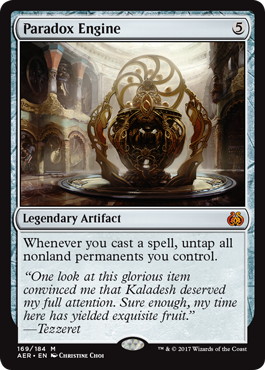 | 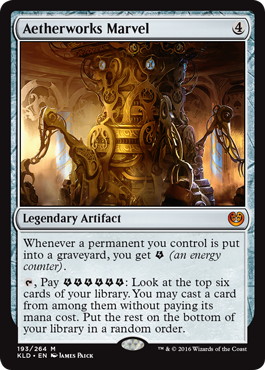 | 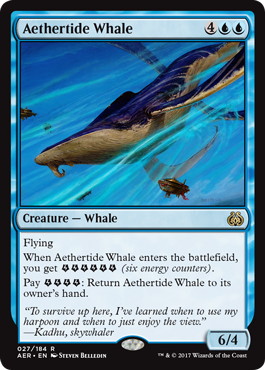 |
Even looking at the deck list, it might not be super obvious what we are trying to achieve here, so let me explain. You want to get to a point where you assemble enough mana artifacts to tap for 4UU, with both 《Paradox Engine》 and 《Aetherworks Marvel》 into play. Once you get there, you can cast 《Aethertide Whale》, and return it to your hand as many times as you wish to. This lets you grab infinite energy, infinite mana if you have more than 6, and more significantly, infinite 《Aetherworks Marvel》 activations.
This will let you play your whole deck. So, how do you kill? This is where it gets beautiful: you just play (and sacrifice if need be, since you will get infinite mana after enough activations anyway) all of your 《Woodweaver's Puzzleknot》, granting you an extra 24 life, and activate 《Cryptolith Fragment》 until your opponent is done. It takes a while, but this is not the kind of combo where you can fizzle, so you know you will get there every time.
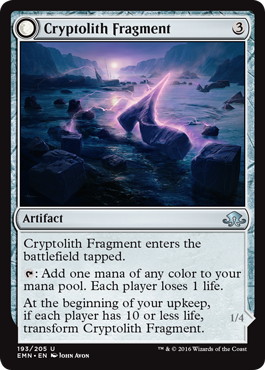 |  | 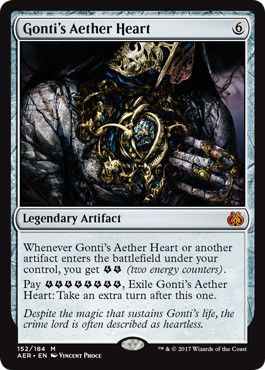 |
In some (exceptional) occurrences, you might be too low on HP to actually kill your opponent (if they are above 24, for example, your fragments will transform before you can actually finish off the opponent), but in that case, you will just pass turn with a healthy life total and 4 《Aethertide Whale》 plus 4 《Cryptolith Fragment》 on the board. Also, if you are worried about killing, you can just jam a 《Gonti's Aether Heart》 in your deck to just kill them right away.
The beauty of this is that your kill is actually part of your engine, so you do not run a single card that would not help you go off, making it one of the most dedicated combo decks one can build. As hard as going off may sound, it is actually fairly easy, because every piece of the combo helps you set up the other: 《Aetherworks Marvel》, in particular, is amazing at letting you go off, and a single activation is usually enough to find whatever piece you may need.
Actually, in many scenarios, you can even start to go off while missing either 《Aetherworks Marvel》, 《Paradox Engine》 or 《Aethertide Whale》, and find the missing piece along the way. The strength of the deck is also its weakness: in order to have that satisfying resilience and stability, you commit every single card to your engine (your deck is basically a 60 cards engine), which means that you have no interaction whatsoever.
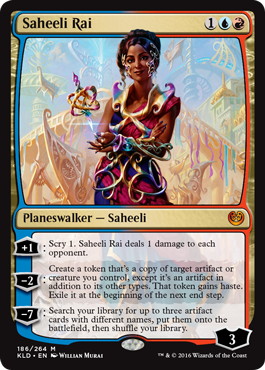 | 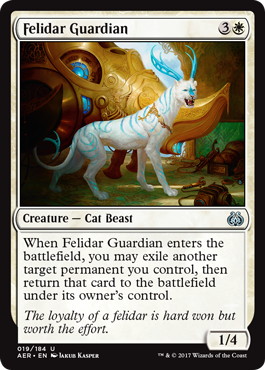 | 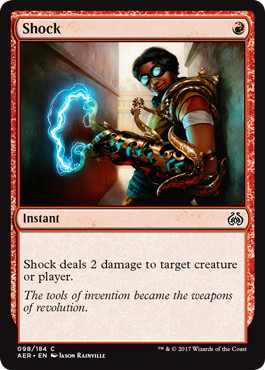 |
So, how did the deck do in testing? Well, it was great in that it provides extremely consistent turn 5-kills, that can only be disrupted through either discard or countermagic, which are not such a common occurrence to face. It was also horrible in the sense that it never does anything before that, meaning that you flat out lose to turn 3 《Saheeli Rai》, turn 4 《Felidar Guardian》 (which might be a recurring theme going forward), and that most aggressive decks will just kill you whenever they get to play first.
What does it mean about the card itself? Well, first, 《Paradox Engine》 is a very real combo enabler, and you can either build around it trying to go fast, but be easy to disrupt (with creature-based combos), or build a slower deck that will be much harder to stop. Second, the card requires that you build your entire deck around it, which will never give you a ton of space for interaction. So, it seems like those decks will have a role to play if the Saheeli/Guardian is kept in check by the metagame, but they probably won’t perform at all otherwise (which makes sense, you do not want to be the non-interactive turn 5 combo deck in an turn 4 combo format).
I would actually go even further, and say that I am almost convinced that it the metagame attacks Saheeli Twin well enough, it will be soft to this version of 《Paradox Engine》: since the most obvious way to keep Saheeli in check is to pack instant-speed removal, that would bend the format towards non-aggressive decks that still could not interact with our game plan. Something worth keeping in mind, I guess.
|
8 《Mountain》 1 《Island》 4 《Spirebluff Canal》 4 《Aether Hub》 4 《Spire of Industry》 1 《Sanctum of Ugin》 -Lands (22)- 4 《Consulate Skygate》 3 《Trophy Mage》 1 《Pilgrim's Eye》 1 《Filigree Familiar》 4 《Elder Deep-Fiend》 2 《Ulamog, the Ceaseless Hunger》 -Creatures (15)- |
4 《Kozilek's Return》 3 《Indomitable Creativity》 4 《Implement of Combustion》 4 《Terrarion》 2 《Renegade Map》 4 《Prophetic Prism》 2 《Inspiring Statuary》 -Spells (23)- |

Creativity indeed, this one might require some explanation about how it came to life. The original attempt was to break the card 《Indomitable Creativity》. Whenever you see a card like this, you think of 《Polymorph》 and try cheating a huge creature into play. But in this specific format, the biggest creature is 《Ulamog, the Ceaseless Hunger》 and not getting his cast trigger means that hitting Ulamog off Creativity will not always be enough.
Also, I did not like the idea of running multiple Ulamogs (since if you ran only one, you would always lose when drawing it) that you could never cast. The solutions to that is, I think, quite beautiful: play a ton of cheap artifacts and 《Inspiring Statuary》. Not only will that let you cast Ulamog as early as turn 5, but it also gives a whole new dimension to your 《Indomitable Creativity》: you can now easily cast it for X=5 or 6, which is basically a 《Cruel Ultimatum》 on steroids: you sacrifice a bunch of cheap artifacts, replace them with other cheap artifacts but also get some big monsters in the process (《Elder Deep-Fiend》 or Ulamog himself if you are luck), draw a bunch of card, and 《Polymorph》 their biggest threat if need be.
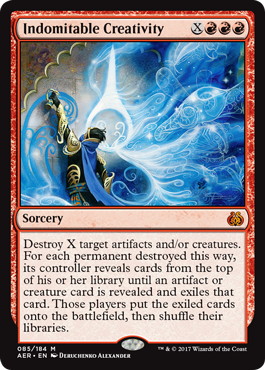 | 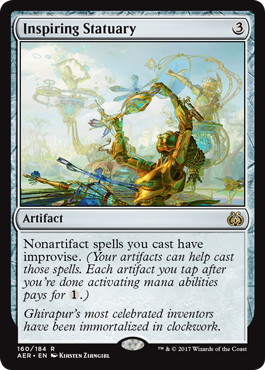 | 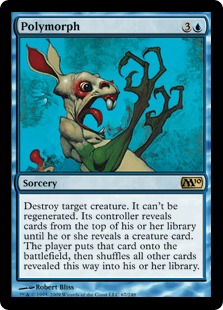 |
There is obviously a lot of variance involved, but an 《Indomitable Creativity》 for 5 usually amounts to something like “draw two cards, echange four artifacts for 3 artifacts and a huge monster, remove their big threat”, which is quite a big deal when you can cast it on turn 4 or 5. The 《Elder Deep-Fiend》 are mostly here to buy time in the early game while augmenting the density of threat you can hit off Creativity.
Note that they interact extremely well with 《Inspiring Statuary》, because A: you can use Improvise to pay for Emerge and B: you can tap the artifact creature you are sacrificing.
How good is this deck? Frankly speaking, not very. It is actually all over the place, but most importantly, it does not function quite as well as you would want it to.
I think the final result is incredibly fun to play, and can still win games in a spectacular fashion, but it also showcases how schizophrenic of a card 《Inspiring Statuary》 is: basically, the cards encourages you to play a ton of cheap artifacts as mana acceleration, but the reward has to be a non-artifact spell. This poses quite a few constraints that I have not been able to work around so far:
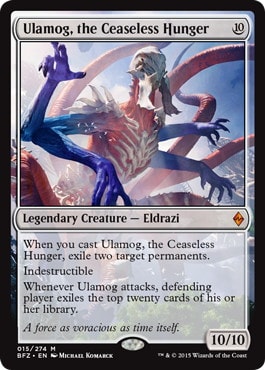 | 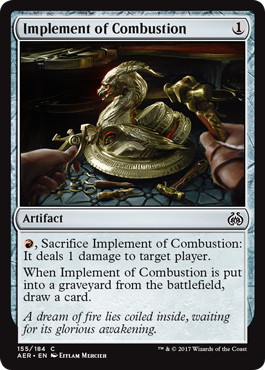 | 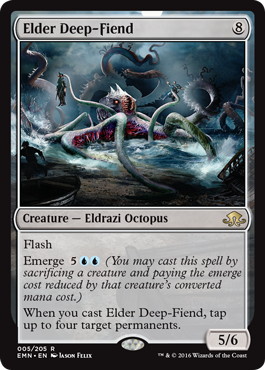 |
Whenever you do not draw the Statuary, your deck is bound to look miserable: just imagine how sad you feel when your opening seven contain 《Implement of Combustion》 and Ulamog.
Since you still need to pay for coloured mana when casting your spells, you will still need some lands. The problem here is that if you play a ton of crappy, cheap artifacts AND a lot of lands, then your deck is just full of air. The solution to this is obviously to play almost only colourless non-artifacts spells (i.e Eldrazi spells), but you need those spell to have a huge impact to make for the fact that the set-up cost is huge: getting to play a “free” 《Matter Reshaper》 is NOT worth it
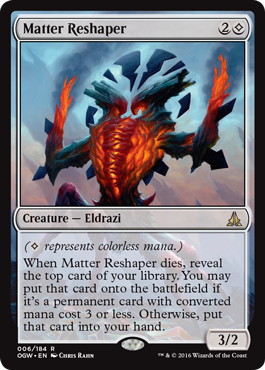 |
Just like with the 《Paradox Engine》 deck, you need to devote so much to your own engine that you have almost no room left for interaction.
So, what to conclusions to draw from all that brewing nonsense? Well, there’s three takeaways:
《Paradox Engine》 requires a specific metagame, but is a very legitimate combo enabler that is bound to spawn a dominating deck at some point in standard, so watch out for it.
《Inspiring Statuary》 is probably a deadend, and will need a lot of work and favourable circumstances to actually make waves.
The 《Saheeli Rai》 & 《Felidar Guardian》 combo is a huge constraint when building, and you should absolutely keep it in mind: right now, whatever you are trying to build your first rule should be to either be able to kill a Saheeli on turn 3 with your attackers, or to have 4+ instant speed removal (shock being great since it is the cheapest way to stop the combo by killing Saheeli after she used her -2 ability)
Until next time,
Pierre Dagen
Cards found in the Article
Share in Twitter
Share in Facebook
 Pierre Dagen
Pierre Dagen
One of Europe’s most well-recognized players, whom at Pro Tour: Theros squared off against his “Les Bleus” teammate Jeremy Dezani in a Mono-Blue Devotion mirror match in the finals, a game to go down in magic history. Other notable achievements include a second PT top8 in Honolulu 2016, 3 GP Top 8’s, and 3rd place at the World Magic Cup 2015 as captain of the French team.

Related Articles
- 2016/12/09
- Puzzling Improvements
- Pierre Dagen


